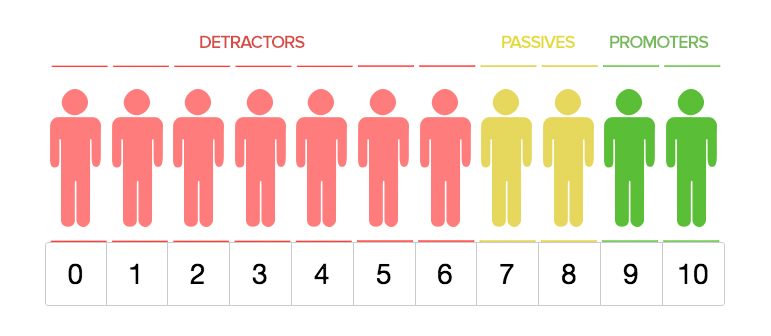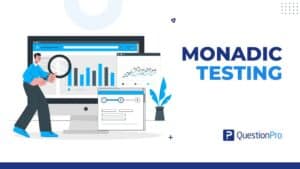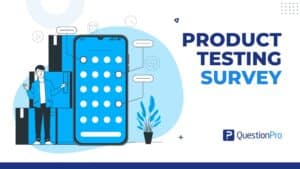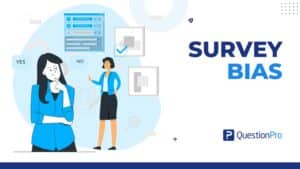
One of the industry standards for determining customer satisfaction and loyalty is the Net Promoter Score system. If you haven’t heard of it, you’ve likely seen it in action: rating an experience or a product on a scale of 0 to 10. It is also the only industry satisfaction question to use a full 11-point scale. But do you know what each of the numbers actually means and how to use the question in a feedback experience?
What is Net Promoter System?
The Net Promoter Score System is a scoring model developed in 2003 by Satmetrix, Bain & Co., and Frederick F. Reichheld. It is yet another tool in an organization’s customer feedback program that, when used, can be a powerful way to keep an eye on satisfaction trends. It asks respondents to respond on a 0 -to- 10 point rating scale question, “How likely are you to recommend Company/Product to your friend/colleague?” The scale is then divided into three sections:
- Promoters – Users who gave a 9 or a 10 (likely to be actively telling others about their positive experience)
- Passive – Users who gave a 7 or 8 (likely to be pretty lukewarm about their experience)
- Detractor – Users who gave a score between 0 and 6 (likely to be either actively be telling others about their poor experience or else just not likely to recommend your organization to others, nor are they likely to return). Learn more: How to convert detractors to promoters
How can I use the Net Promoter Score System in my feedback program?
While there are entire feedback programs centered around the Net Promoter Score system, it can also be used as part of a feedback program. The key, though, is that the NPS question is not a stand-alone question, asked once a year, or every once every six months. To get the most out of any customer feedback program, including one using theNet Promoter Score system, the feedback should be gathered and analyzed as often as possible. In some cases, this might be daily, in others, this could be weekly, bi-weekly, or monthly. The frequency should fit your organization and your organization’s needs, and should tie into action plans to act on the feedback.
LEARN ABOUT: Good Net Promoter Score (NPS)
What benefit could I get from using the Net Promoter Score system?
First, the Net Promoter Score system is an industry standard. That means there are many resources available to help with how to implement feedback based on the NPS. There is also significant research behind the Net Promoter Score system and how people respond to the question that may help you as you determine how to best include the question in your feedback program.
One of the biggest benefits is that it’s easy to keep tabs on satisfaction trends. With QuestionPro, you get visual feedback on your organization’s NPS score, in a chart with red (Detractors), yellow (Passives), and green (Promoters). This visual report means it’s really easy to view trends over time and see any shifts in customer perspective, especially if those shifts are away from Promoters into Passives or Detractors (though, hopefully, you’re seeing shifts as people move from Detractors or Passives into Promoters!).
Enhance your customer feedback program with a net promoter score system via QuestionPro customer experience software.
Looking to deliver an exceptional customer experience with QuestionPro CX? Discover more about how to delight your customer at every touchpoint and turn them into brand advocates.







